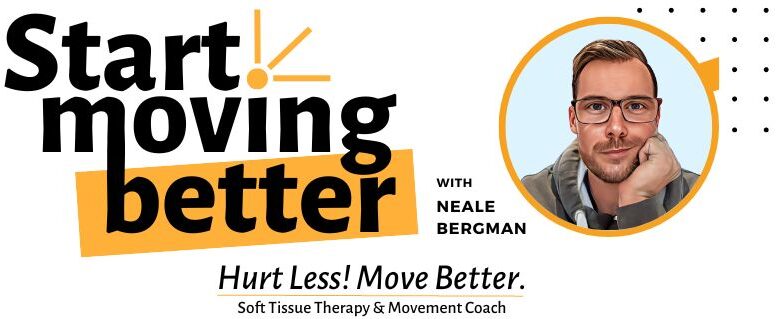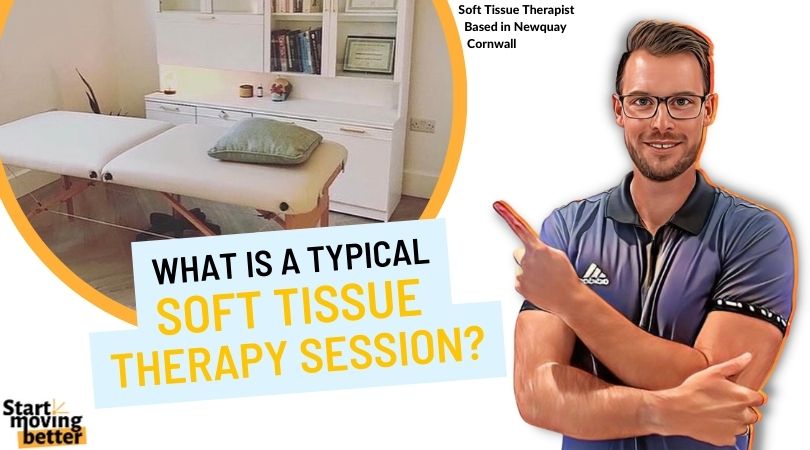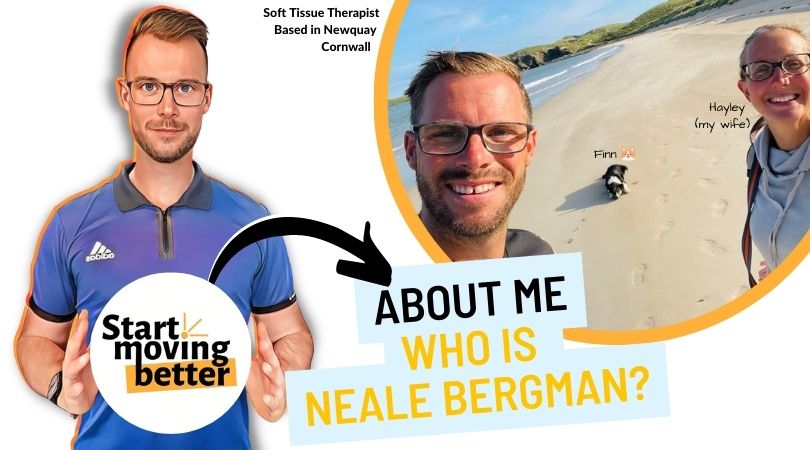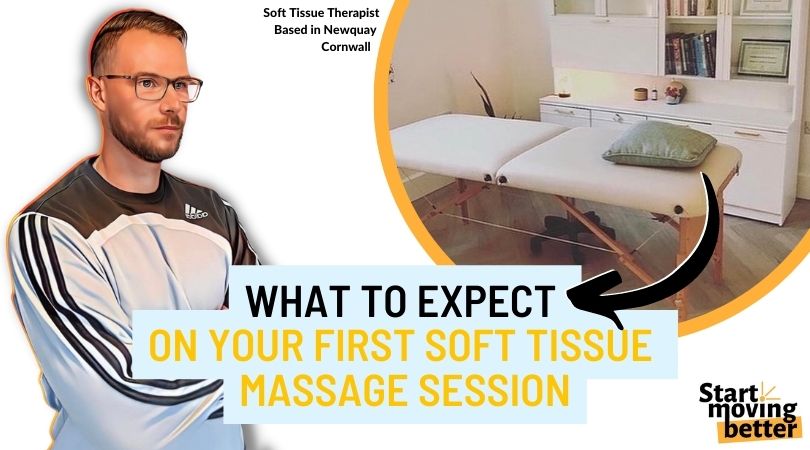A typical soft tissue Therapy session can vary depending on the type of massage and your pain. It can also vary based on your preferences and needs. Some clients prefer a deep tissue massage whereas others prefer a remedial massage.
However, here are some common elements that you can expect in a typical soft tissue therapy session:
At the beginning of a Typical Soft Tissue Therapy Session
At the beginning of each massage session, I will ask you a number of questions. These are based on any health issues, injuries, or areas of pain or tension that you want to address.
We’ll also go through any relevant functional tests. These don’t take long to complete and they allow us to discover what you can and can’t do. At the end of the massage session, we’ll repeat the key functional tests. This helps measure improvement and guides future sessions.
See, every muscle and joint in the body has an optimal state or range of movement. We experience pain or discomfort because a joint or muscle is not in its optimal state.
Even in your first massage session, we can for a better word “iron out” the aches and pains.
And inside a short time frame find balance in the joints and muscles.
You’ll notice that your pain can disappear or at least decrease inside one session.
During a Typical Soft Tissue Therapy Session
You can expect to be on the massage couch for 45 minutes out of a 60-minute session. This is more than enough time to get a positive result and feel aches and pains disappear.
Depending on where your pain(s) determines the types of techniques used to help.
If you suffer from carpal tunnel syndrome we’ll be seated. You’ll have your arm resting on the massage couch. Ideally, you’ll have a loose t-shirt on that where the sleeve can easily be rolled up over your shoulder.
Compared to, if you have sciatic pain.
You’ll be lying on the couch. At times face up and other times face down. The couch is super comfy and each client gets fresh clean towels and a sarong to keep warm and cover-up.
Typically, you’d have loose shorts and a top on. This means we can easily move clothing to get to specific muscles and problem areas.
If you need to change or rearrange clothing I leave the room entirely. I only come back in once you are happy and ready for the massage.
Your comfort and privacy are my highest values.
If you have any concerns about what to wear… check out my FAQ section for more info.
What type of lotion is used during the session?
Often I get asked what oil or lotion I use.
I use 100% natural Shea Butter & Cocoa Butter oil. It doesn’t have an overpowering smell and leaves the skin feeling great. I also use a massage lotion which again leaves the skin soft and never greasy.
I often wear massage gloves when working on specific body parts such as the feet.
Is Soft Tissue Therapy Uncomfortable?
I start each soft tissue massage with gentle techniques to warm up your muscles. Depending on the pain/problem and the muscle group I will use a variety of techniques.
Whilst every massage should be relaxing, inevitably there will be tender spots. These can feel uncomfortable in the moment. However, this discomfort soon fades, leaving the area feeling relaxed.
If you suffer from headaches and migraines, the techniques are more relaxing. I’ll target the upper back and neck muscles, and typically use less pressure.
In contrast, the upper leg (ie quadriceps strain) requires a little more pressure. This is a firmer pressure and can cause slight discomfort, however, the sensation is temporary.
I will check in with you about the pressure, comfort level, and any pain.
A lot of people think a soft tissue massage or sports massage hurts.
The last thing I want is to hurt you! You are coming to see me because you are already in pain. My sole purpose is to alleviate that pain, not make it worse.
At the end of the massage, I will give you time to rest and relax. I will also give you recommendations for self-care or follow-up appointments.
How long does it take to get pain-free?
Most clients see me for 2 to 5 sessions and their pain is non-existent. They then rebook for a monthly or 6-weekly session to keep on top of their posture.
I can’t say how many sessions any one person needs until we first meet. I’ll be open, and honest and use my past 20 years of experience in helping people to help you.
Where will your treatment take place?
Most of my soft tissue therapy sessions take place at The Feel Good Building in Newquay. However, if you prefer a home visit then we can discuss this in your FREE CONSULTATION.
There are a couple of free 🚗 car parking spaces by the black railings out the front of the building. Plus there is free parking up Pargolla Road. I’m also no more than a 2-minute walk from the Asda car park which has 90 minutes of free parking.
Aim to get parked up 10 minutes before your scheduled appointment. This way you are nice and relaxed before we start.
When you get to the ‘Feel Good Building‘ look for the BIG sea god mural. The entrance is to the right of this. Press the white doorbell/buzzer 🚨 labeled “Craniosacral”.
I share this clinic space with another practitioner who specialises in Craniosacral therapy.
In Summary… a typical soft tissue massage treatment.
Overall, a soft tissue massage session can be a relaxing and therapeutic experience. It’s about targeting your aches and pains so you hurt less and move better!
Your next step for me to help you be pain-free is to book a FREE consultation.
We can jump on a 10-15 minute phone call. I can ask you about your current pains and discomfort. You can ask me any questions.
At the very least you’ll leave the call with clarity on how to hurt less and move better.
If I feel I can help you in the clinic, we’ll get you booked for your first session.
I look forward to hearing from you
Neale – Soft Tissue Therapist based in Newquay, Cornwall.
To help you right now here are 2 actions to help you become pain-free.
1. Book a free consultation here.
We can arrange a short phone call to see how I can help you.
2. Read this blog: When to see a doctor for back pain – READ NOW
Looking forward to getting you pain-free



